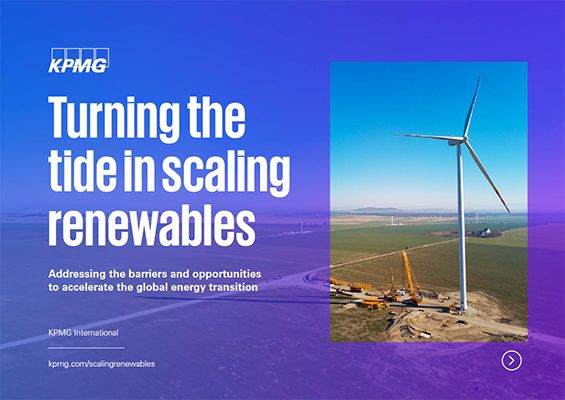The renewable energy industry has experienced impressive growth over the last decade. In fact, in 2022, renewable energy deployments grew by double digits worldwide1 – yet only 14 percent of all energy use comes from renewable sources.2
It is estimated that renewable energy will make up 77 percent of the world’s primary energy supply by 2050.3 To achieve this, renewable energy use must triple the 2022 levels by 2030, amounting to an annual addition of 1,200 gigawatts.4
Bridging the renewable energy gap
So how can the global renewable energy industry bridge this gap and deliver the desired speed and scale of growth by 2050?
As it stands, renewable energy developers, investors, utilities, and other stakeholders are facing too many barriers to reach this level of growth. Over 84 percent of industry executives reported substantial delays and, in some cases, even project abandonment due to market challenges.5
The solution is not one-size-fits-all. To accelerate the application of renewable energy, the industry must face, and overcome, its obstacles.
Report: Turning the tide in scaling renewables
Contact us
Related insights
1. Energy Institute in partnership with KPMG and Kearney. 2023 Statistical Review of World Energy, 2023
2. Ibid.
3. International Renewable Energy Agency. World Energy Transitions Outlook 2023, 2023
4. International Energy Agency. Renewable Energy Market Update: Outlook for 2023 and 2024, 2023.
5. KPMG International. Turning the tide in scaling renewables, 2023.








